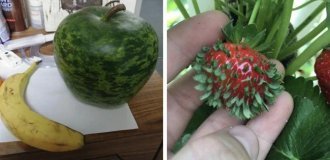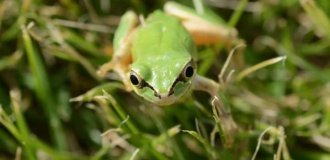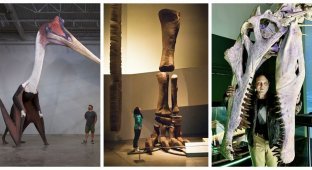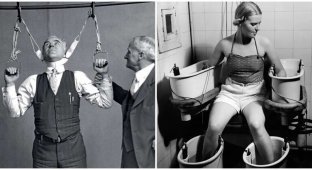Scientists have uncovered the contents of six tiny Egyptian coffins (4 photos)
They contained the remains and lead, which in ancient times was used for love spells and curses. 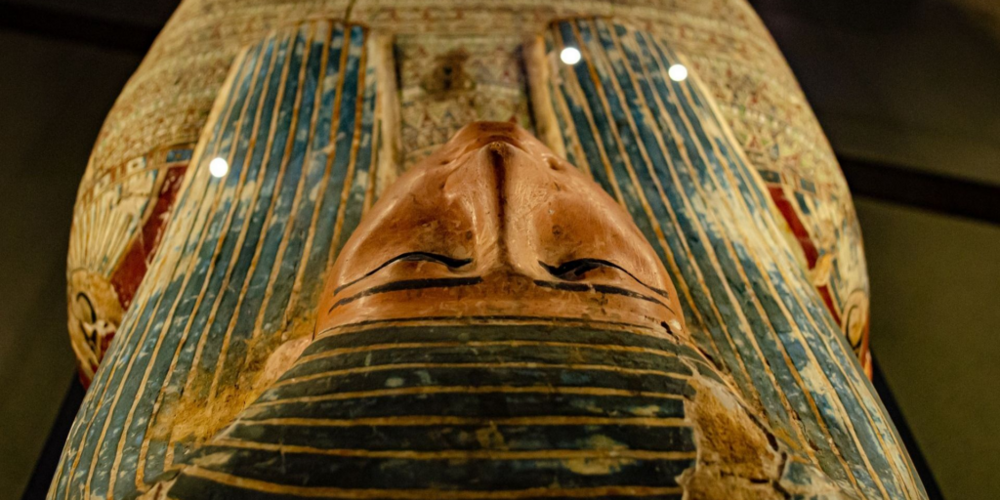
Scientists have managed to look inside the metal ancient Egyptian coffins, which are kept in the British Museum in London. They have been sealed for thousands of years. The results of the study were published in the journal Scientific Reports.
Coffins 50 to 300 millimeters long, dated 664-250 years BC, were discovered in the ancient cities of Naukratis and Tell el Yehudia (Egypt) in 1885. They are made of copper alloy, and on their outer side are depicted figures of lizards, eels and cobras. 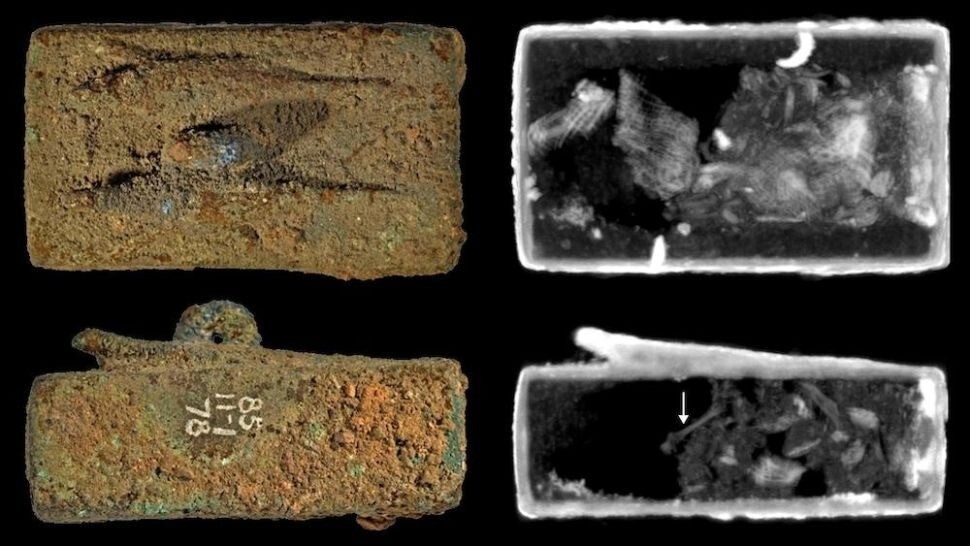
One of the boxes is decorated with two figures of lizards (top and side views).
To look inside, scientists used the neutron tomography is a non-invasive technology that, unlike X-rays penetrate metal.
Inside one of the coffins was a complete, intact skull. lizards. Two more contained fragments of animal bones wrapped in fabric, possibly linen. 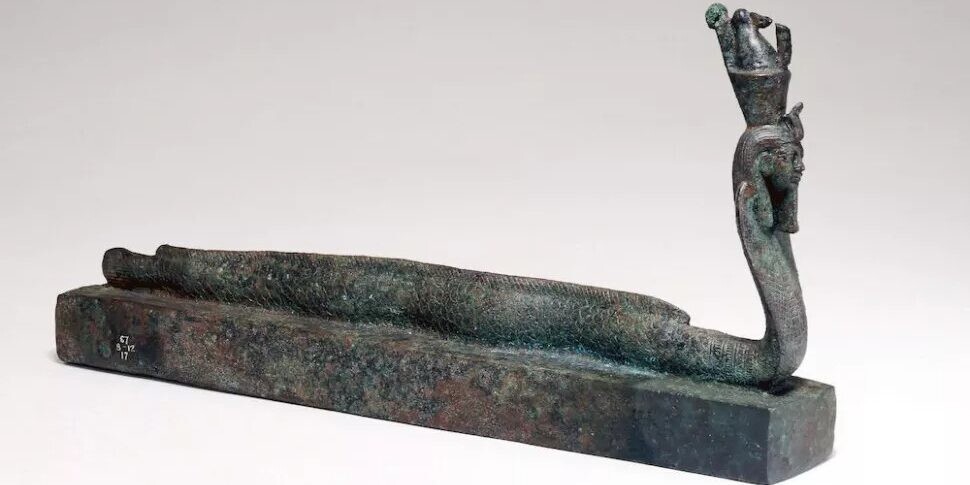
“Although animal burials were common in Ancient Egypt, it's pretty rare to find coffins that are still sealed." said the study's lead author and radiologist at the British Daniel O'Flynn Museum. 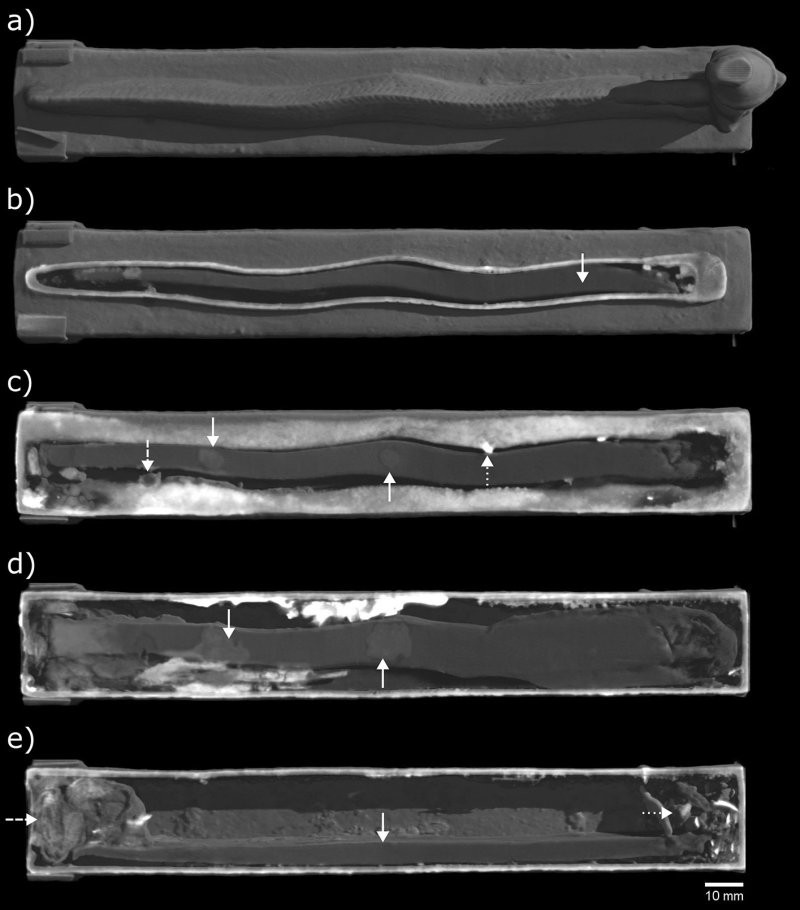
Some of them also contained lead. It is possible that this metal was used to distribute the weight in the process burial or for sealing holes in the body of coffins. On the outside side of several drawers have hinges that could be used for hanging them from the walls of sanctuaries or for carrying during religious processions.
We found quite a lot of lead in three crates. This could be something purely practical. Or perhaps symbolic metal in ancient Egypt was considered a magical material. Plus it is known that it was used to protect mummified remains, as well as to love spells and curses.
However, the authors of the study did not find out the reason death of these animals. But they do not exclude that they were used in as an offering to the gods.




